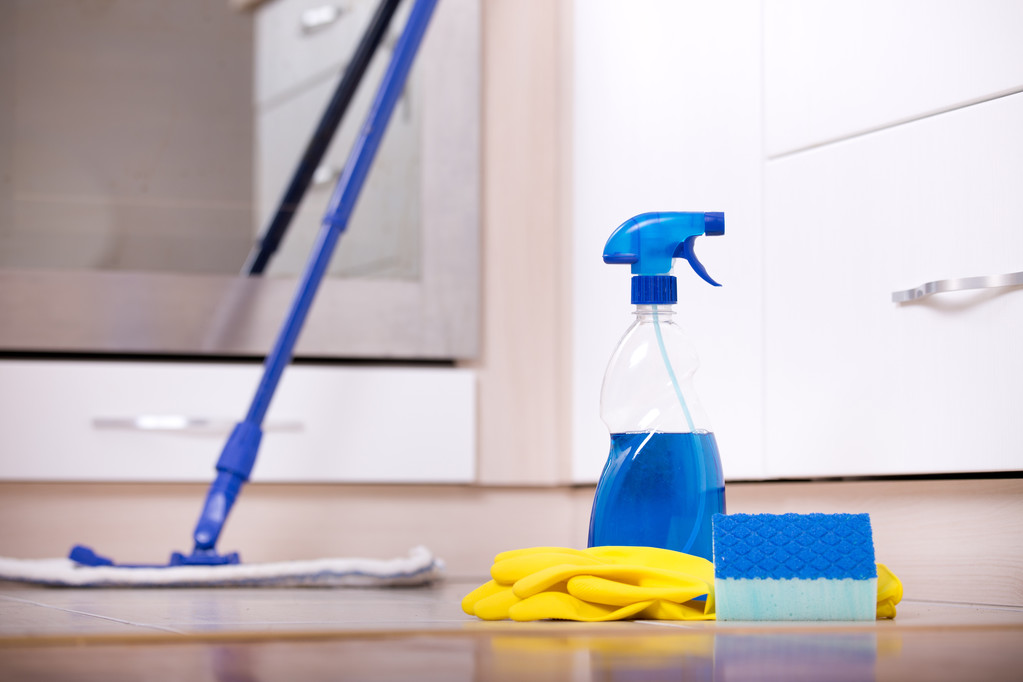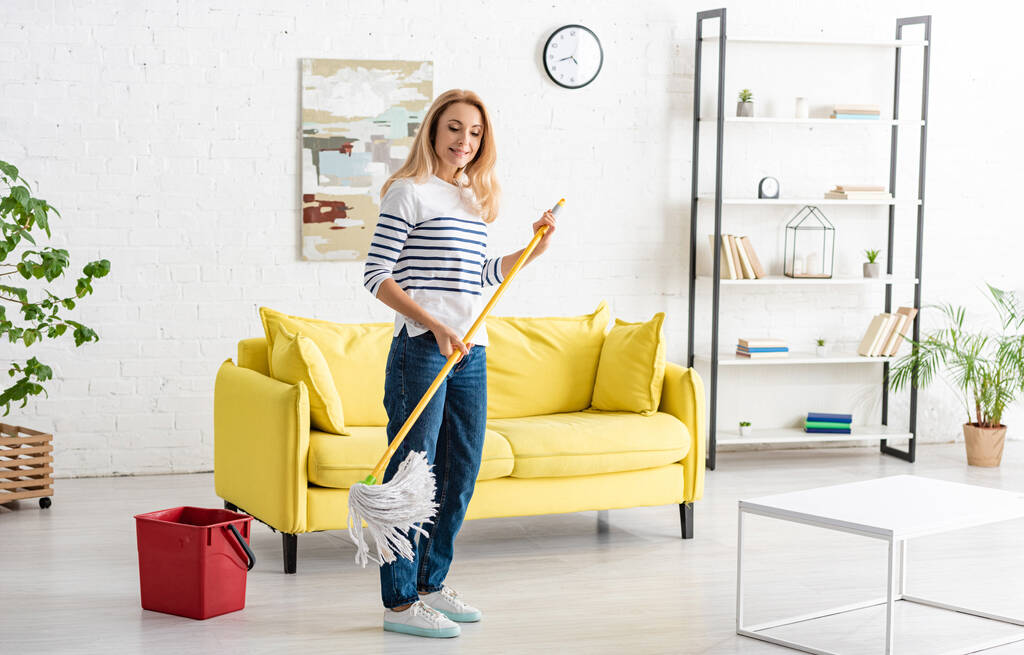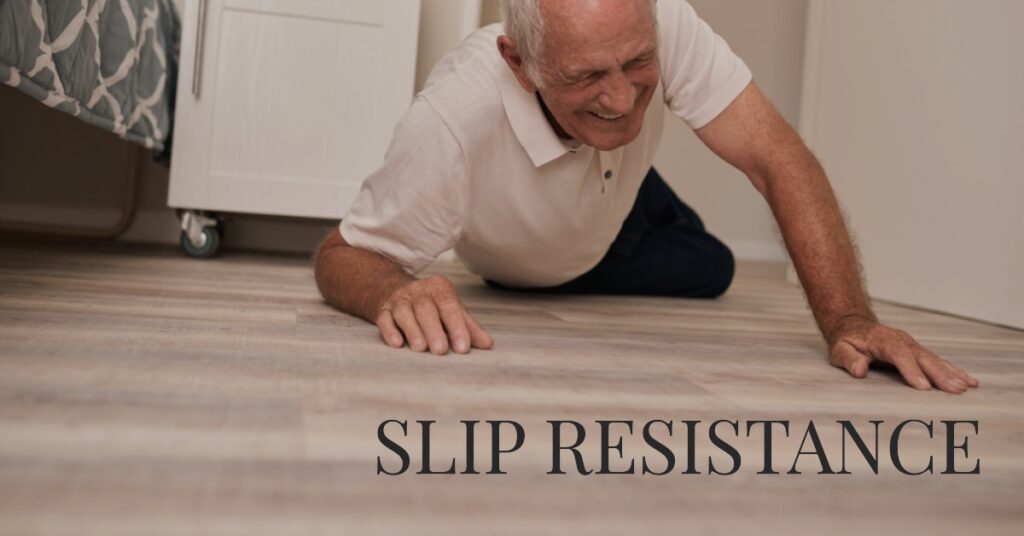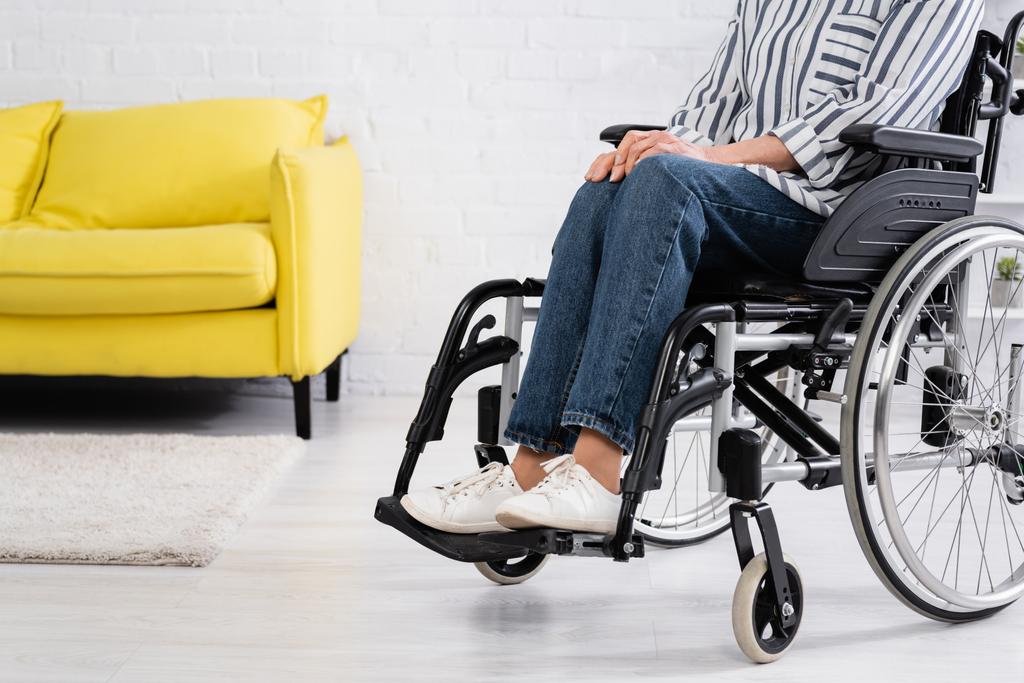
Navigating the world of flooring for NDIS (National Disability Insurance Scheme) homes can be challenging. With the primary focus on accessibility and safety, selecting the right flooring is crucial for enhancing the quality of life for individuals with disabilities. In this article, we’ll explore the top flooring options that cater to the needs of NDIS homes, ensuring comfort, safety, and ease of mobility.
Understanding the Needs of NDIS Homes
When selecting flooring for NDIS homes, it’s vital to cater to the unique needs of individuals with disabilities. These requirements often include:
- Slip-resistant surfaces: This is crucial for preventing falls and injuries, a common concern in homes with mobility-impaired residents. The flooring should provide enough grip, especially in areas like bathrooms and kitchens, where the risk of slipping is higher.
- Wheelchair accessibility: Smooth surfaces are essential for easy movement of wheelchairs. Transitions between different types of flooring should be minimal to avoid hindering wheelchair mobility. The flooring should also be durable enough to withstand the continuous pressure from wheelchair wheels without wearing out quickly.
- Low maintenance: Homes designed for people with disabilities benefit from flooring that’s easy to clean and maintain. This includes resistance to stains and spills, and a surface that doesn’t require frequent refinishing or special cleaning agents.
- Comfort and cushioning: Flooring that offers a certain degree of cushioning can be beneficial for reducing fatigue, especially for individuals who may spend a lot of time on their feet or those who are prone to falls.
Top Flooring Options
1. Vinyl Flooring
Pros:
- Durability: Vinyl flooring is known for its ability to resist scratches, stains, and wear, making it a long-lasting option for busy households.
- Water-resistant: Its resistance to water makes it ideal for areas prone to moisture like bathrooms and kitchens, reducing the risk of slips and falls.
- Variety of designs: Vinyl can mimic the look of more expensive materials like wood, stone, or ceramic, allowing for aesthetic flexibility without compromising on functionality.
Cons:
- VOC Emissions: Some vinyl flooring can emit volatile organic compounds, especially when new, which might be a concern for those with allergies or respiratory issues.
2. Rubber Flooring
Pros:
- High slip resistance: Rubber flooring offers excellent grip, significantly enhancing safety in homes where slip-and-fall accidents are a concern.
- Shock absorption: This material is comfortable to walk and stand on, providing a cushioning effect that’s beneficial for joint health.
- Sound dampening: Its ability to reduce noise levels can create a quieter and more peaceful living environment.
Cons:
- Limited design options: Rubber flooring may not offer as wide a range of styles and colors as other materials.
3. Cork Flooring
Pros:
- Natural cushioning: The softness of cork provides a comfortable walking surface, ideal for reducing fatigue.
- Thermal insulation: Cork’s insulating properties help maintain consistent indoor temperatures, contributing to energy efficiency.
- Eco-friendly: Being a sustainable resource, cork is an excellent choice for environmentally conscious homeowners.
Cons:
- Damage susceptibility: Cork can be prone to damage from sharp objects and may require careful use.
4. Linoleum
Pros:
- Natural materials: Made from renewable resources, linoleum is biodegradable and an eco-friendly option.
- Antibacterial properties: This material is naturally resistant to bacteria, making it a hygienic choice for homes.
- Versatility: Available in a range of patterns and colors, linoleum can fit various interior design themes.
Cons:
- Maintenance requirements: Linoleum floors may require regular waxing and sealing to maintain their appearance and durability.
5. Low-Pile Carpet
Pros:
- Softness: Provides a soft, warm surface underfoot, offering comfort and cushioning.
- Noise reduction: Ideal for creating a quiet and serene environment, especially in homes where noise reduction is necessary.
Cons:
- Wheelchair maneuvering: Thick carpets can be challenging for wheelchairs to move on, making low-pile options more suitable.
Considerations for Choosing the Right Flooring
Safety First
Ensuring the safety of residents is paramount. Flooring should be chosen with slip resistance and smooth transitions in mind to minimize tripping hazards.
Maintenance and Durability
Consider how easy the flooring is to clean and maintain, and its ability to withstand the rigors of everyday use.
Aesthetic Appeal
While practicality is critical, the flooring should also enhance the visual appeal of the home, aligning with the overall interior design.
Budget
The cost of materials and installation should be weighed against the long-term benefits and lifespan of the flooring.
Installation and Maintenance Tips
Professional Installation
Hiring professionals for installation is crucial to ensure the flooring is laid correctly, which can significantly impact its longevity and safety.
Regular Maintenance
Following the manufacturer’s guidelines for cleaning and maintenance will help extend the life of the flooring, keeping it in optimal condition.
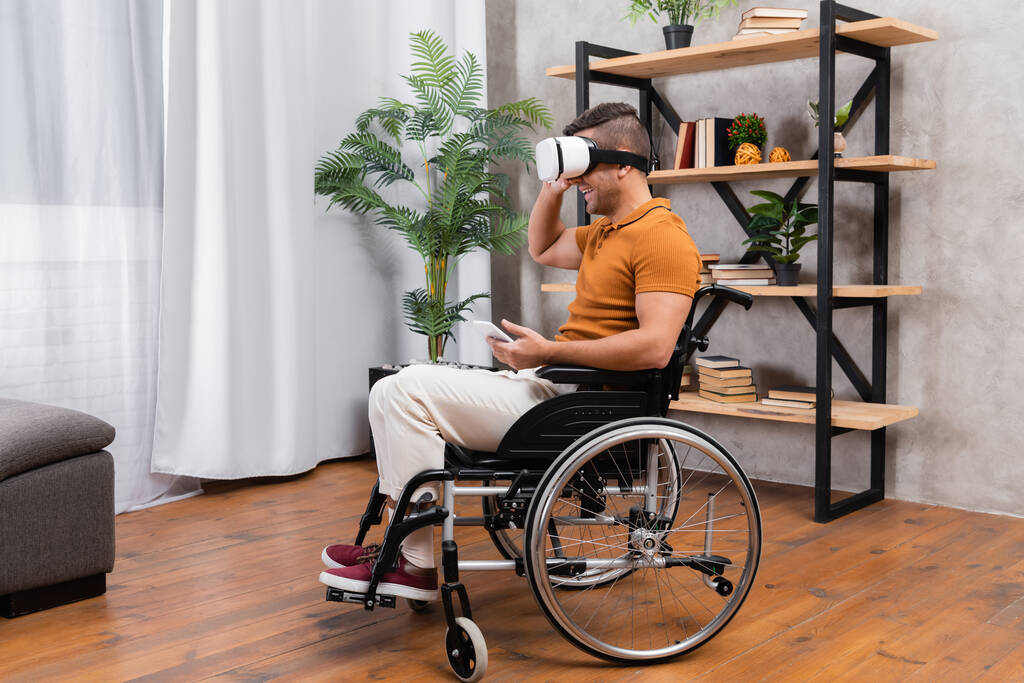
Choosing the right flooring for NDIS properties is about balancing safety, functionality, and aesthetics. Vinyl, rubber, cork, linoleum, and low-pile carpet are excellent options, each offering unique benefits. Consider your specific needs, consult with professionals, and create a safe, comfortable, and accessible living environment.


